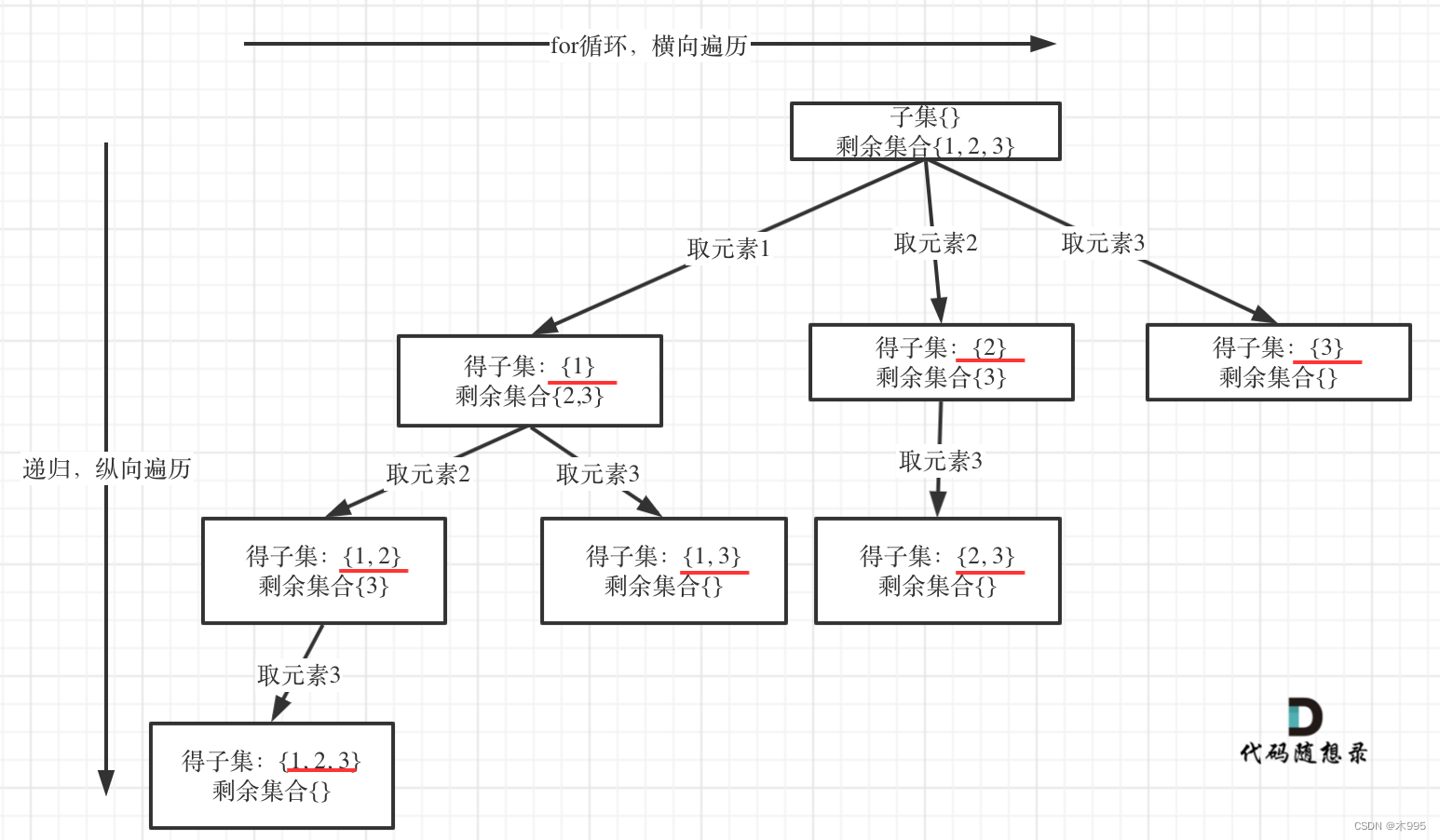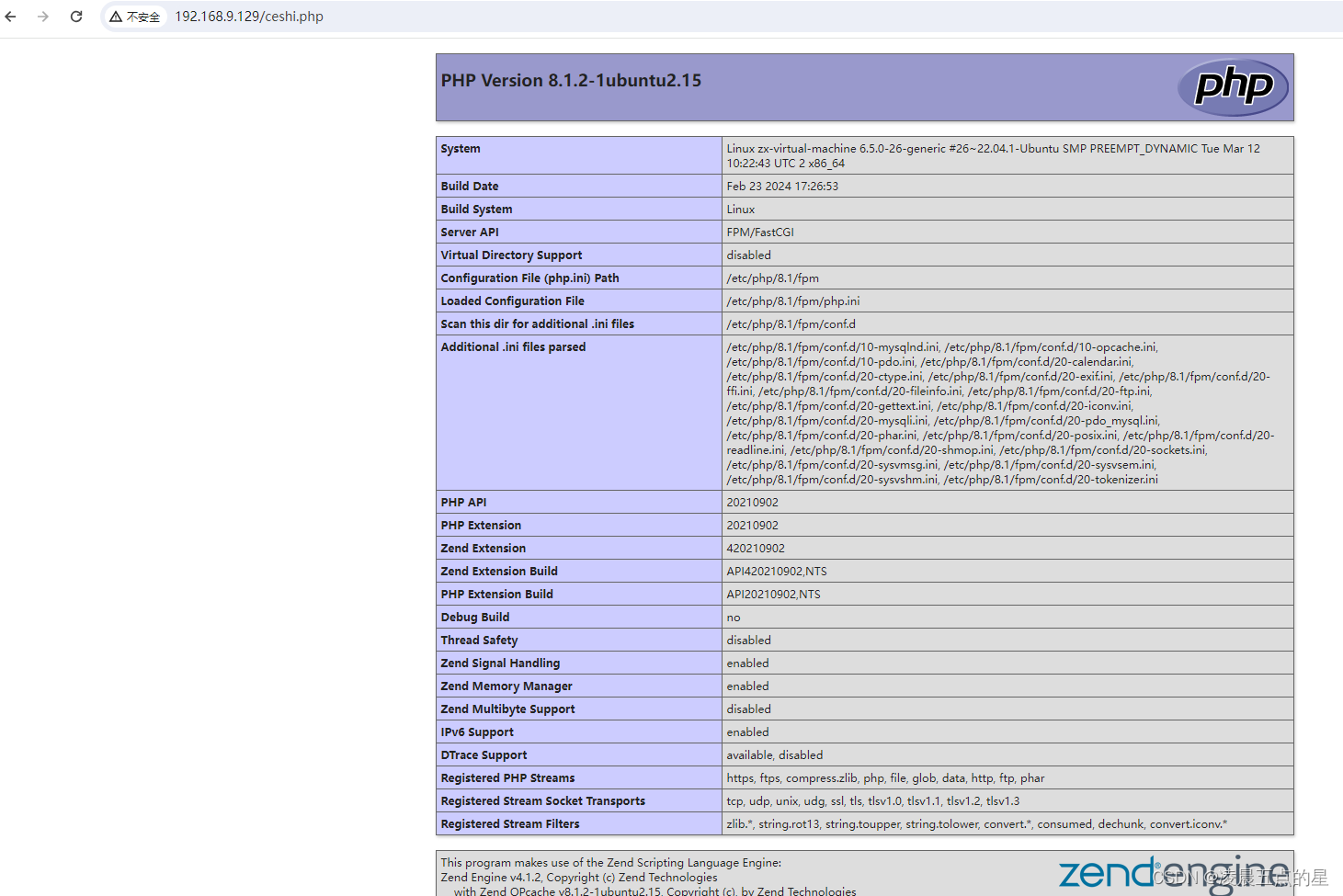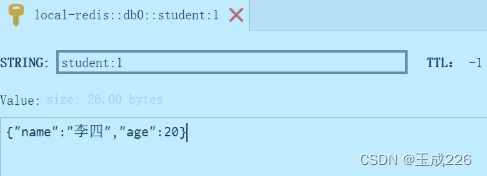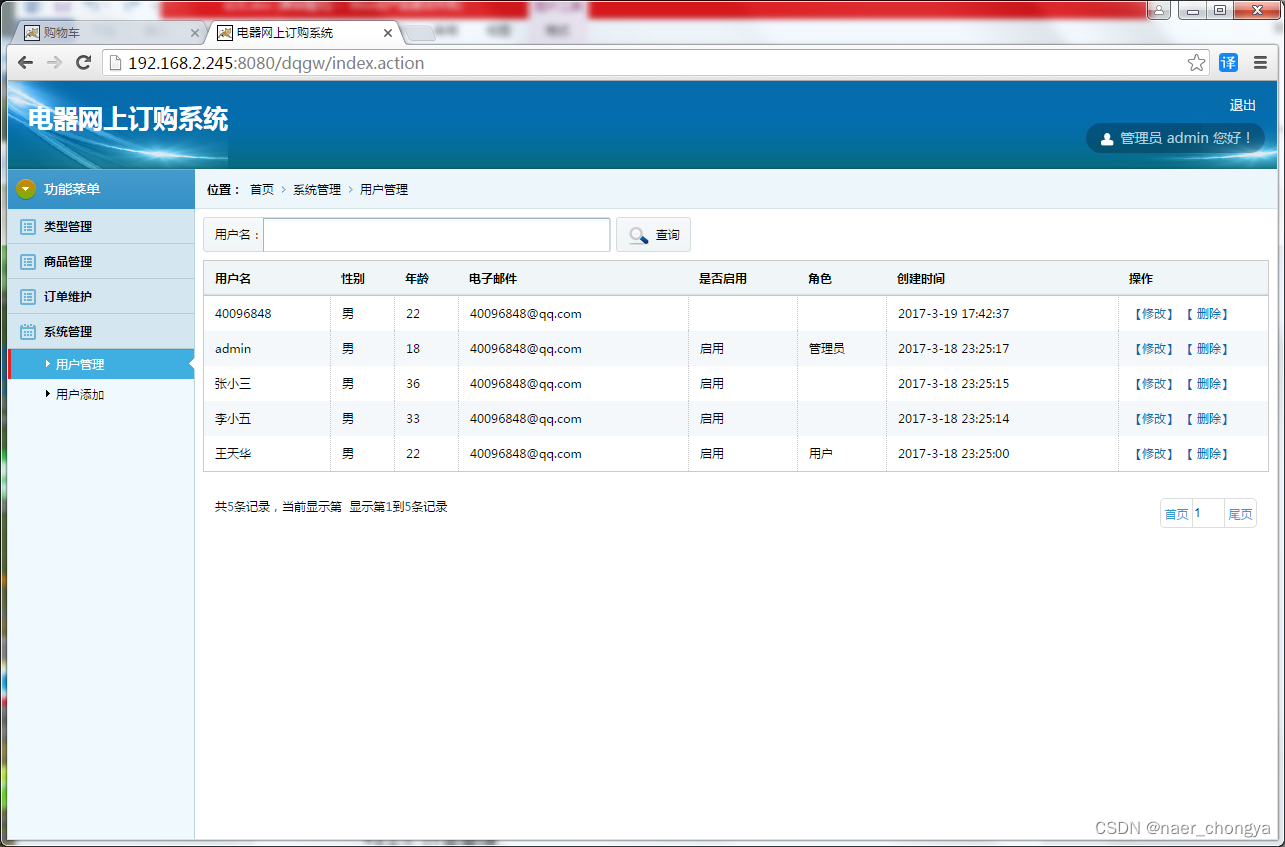93.复原IP地址
有效 IP 地址 正好由四个整数(每个整数位于 0 到 255 之间组成,且不能含有前导 0),整数之间用 '.' 分隔。
- 例如:
"0.1.2.201"和"192.168.1.1"是 有效 IP 地址,但是"0.011.255.245"、"192.168.1.312"和"192.168@1.1"是 无效 IP 地址。
给定一个只包含数字的字符串 s ,用以表示一个 IP 地址,返回所有可能的有效 IP 地址,这些地址可以通过在 s 中插入 '.' 来形成。你 不能 重新排序或删除 s 中的任何数字。你可以按 任何 顺序返回答案。
解题思路:
继续使用回溯递归
输入参数:def backtracking(s, start_index, path, result)
停止条件:if start_index == len(s) and len(path) == 4
回溯逻辑:检查是否valid,如果是的话进行回溯与递归
if is_valid(s, start_index, i):path.append(s[start_index:i+1])backtracking(s,i+1,path,result)path.pop()代码如下:
class Solution:def restoreIpAddresses(self, s: str) -> List[str]:result = []#决定在哪里切割hwere to split:using start_indexdef backtracking(s, start_index, path, result):#stopping criterianif start_index == len(s) and len(path) == 4:result.append('.'.join(path))returnif len(path) > 4: # 剪枝returnfor i in range(start_index, len(s)):if is_valid(s, start_index, i):path.append(s[start_index:i+1])backtracking(s,i+1,path,result)path.pop()def is_valid(s, start, end): if start>end:# print('test')return False if s[start] == '0' and start != end:# print('test3')return Falsenum = int(s[start:end+1])return 0 <= num <= 255backtracking(s, 0, [], result)return result78.子集
给你一个整数数组 nums ,数组中的元素 互不相同 。返回该数组所有可能的
子集
(幂集)。
解集 不能 包含重复的子集。你可以按 任意顺序 返回解集。
输入参数:def backtracking(nums, path, result, start)
停止条件:if start>=len(nums): return
回溯逻辑:设立start_index,每层从当前数字的下一个开始递归

如图所示,本题与之前回溯问题不同在于在result中加入新集合并非在叶子节点,而是在每层递归时就加入,这样才能确保加入每个集合
class Solution:def subsets(self, nums: List[int]) -> List[List[int]]:path = []result = []def backtracking(nums, start_index):result.append(path[:])if start_index>=len(nums):returnfor i in range(start_index, len(nums)):path.append(nums[i])backtracking(nums, i+1)path.pop()backtracking(nums, 0)return result90.子集II
给你一个整数数组 nums ,其中可能包含重复元素,请你返回该数组所有可能的
子集
(幂集)。
解集 不能 包含重复的子集。返回的解集中,子集可以按 任意顺序 排列。
本题是40.组合总和II 和 78.子集 ,这两道题目的结合
解题思路:
先对nums进行sorted,在进行去重操作,如nums[i] == nums[i-1]: continue
输入参数:def backtracking(nums, start_index)
停止条件:if start_index >= len(nums)
回溯参数:去重操作,start_index+1进行递归
class Solution:def subsetsWithDup(self, nums: List[int]) -> List[List[int]]:path = []result = []nums = sorted(nums)used = [False]*len(nums)def backtracking(nums, start_index, used):result.append(path[:])if start_index >= len(nums):returnfor i in range(start_index, len(nums)):if i>0 and nums[i] == nums[i-1] and not used[i-1]:continueprint(nums[i])path.append(nums[i])used[i] = Truebacktracking(nums, i+1, used)used[i] = Falsepath.pop()backtracking(nums, 0, used)return result









![[AI]windows部署Ollama](https://img-blog.csdnimg.cn/direct/f91968a748a34e15bbe3647a4e84210b.png)

